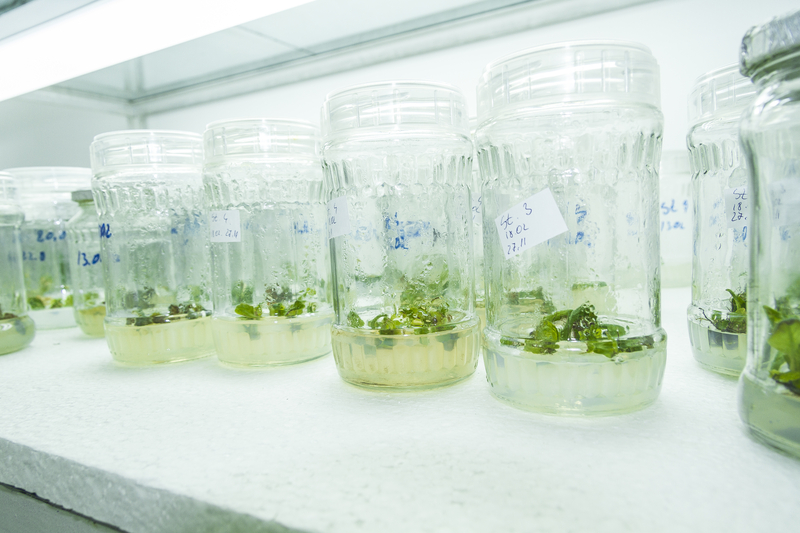Speed breeding: A powerful tool to breed more crops in less time
Global food security has become a major worry as the human population grows and the climate changes. The current rate of improvement of several major crops is insufficient to fulfill future demand. This slow rate of progress can be due in part to crop plants’ long generation times, which have been reduced using various methods such as shuttle breeding, doubled haploid technology, genomic selection, and speed breeding.

Speed breeding is a NASA-developed technique that drastically reduces the time of generation and speeds up the research and plant breeding programs in the world. Speed breeding is a technique for shortening the breeding cycle and speeding up crop research by rapidly advancing generations. Speed breeding can be accomplished in a number of ways, including reducing generation time, increasing the period of plants’ daily light exposure, combining early harvest of seed, and cycling quickly from seed to seed (Ghosh et al., 2018).
Spring wheat, durum wheat, barley, chickpea, and pea can be developed at a pace of six generations per year, compared to two to three generations under standard glasshouse conditions, while canola (Brassica napus) can be bred at four generations per year (Watson et al., 2018). In addition to reducing the generation time, breeding provides a rapid generation cycle through single-seed descent (SSD) and the opportunity for adaptation to larger-scale agricultural improvement efforts.
Speed breeding can be used to investigate a variety of physiological parameters as well as optimize the transgenic pipeline, gene stacking, genomic selection, and express editing for crop development. There are some limitations to speed breeding, such as the fact that it is not suitable for short-day plants or plants that require vernalization. The given speed breeding processes take place in an artificial environment that is enclosed in specific structures that differs greatly from the fields where usually crop production may take place. Plant breeding has produced high-yielding crops that have allowed human population expansion to continue for the past 100 years. In the coming decades, the development of next-generation varieties through speed breeding will meet the requirement of population expansion.
Enzymes in horticulture: boosting plant health and growth
Enzymes in horticulture: boosting plant health and growth
Horticulture, the art and science of cultivating gardens and managing plant growth, has seen significant advancements in recent years. One of the breakthroughs in this field is the use of enzymes to enhance plant health and growth. In this article, we delve into the world of enzymes in horticulture, with a special focus on Botan Vital, a liquid, natural enzyme preparation that has been making waves in the industry.

Understanding Enzymes in Horticulture
Enzymes are biological molecules that act as catalysts, speeding up chemical reactions in living organisms. In horticulture, enzymes play a crucial role in improving plant health, root development, and overall growth. They achieve this by breaking down organic matter, enhancing nutrient uptake, and mitigating the risk of pathogens in plant substrates.
Botan Vital is a liquid enzyme preparation that can be used to improve cultivation.
"Botan Vital's enzymes excel at quickly breaking down root residues in inorganic substrates," the CubicGrow team explains. "This prevents the accumulation of old roots, which can lead to rotting and hinder healthy plant growth. Enzymes in Botan Vital also play a crucial role in minimizing the presence of harmful pathogens in substrates. This contributes to a safer and more disease-resistant environment for plants. Botan Vital goes the extra mile by including added vitamins that promote root growth. These vitamins not only strengthen the root system but also increase its capacity to absorb essential nutrients from the substrate."
Enzymes have become important tools in modern horticulture, offering a range of benefits that contribute to healthier, more robust plants.

